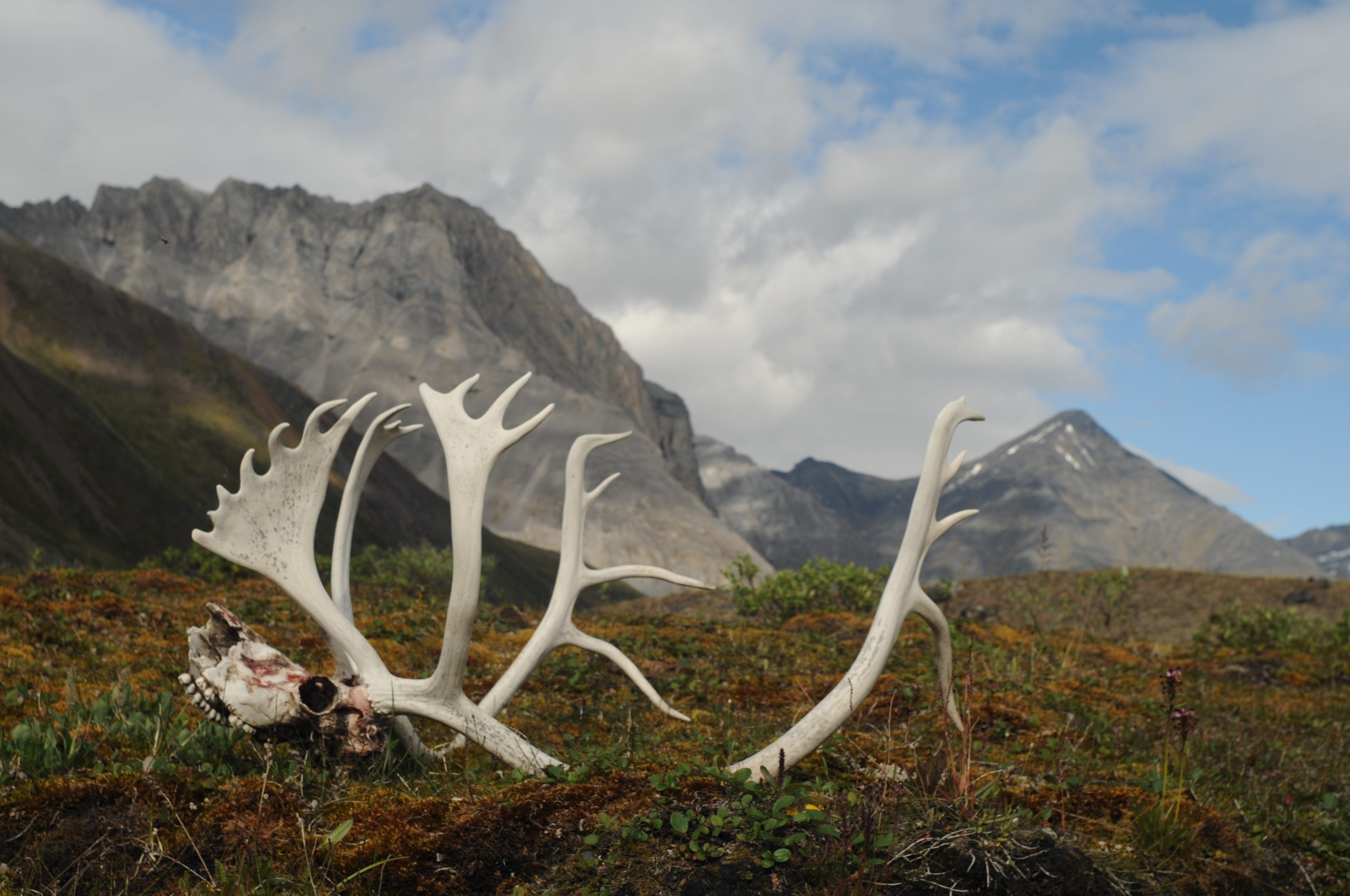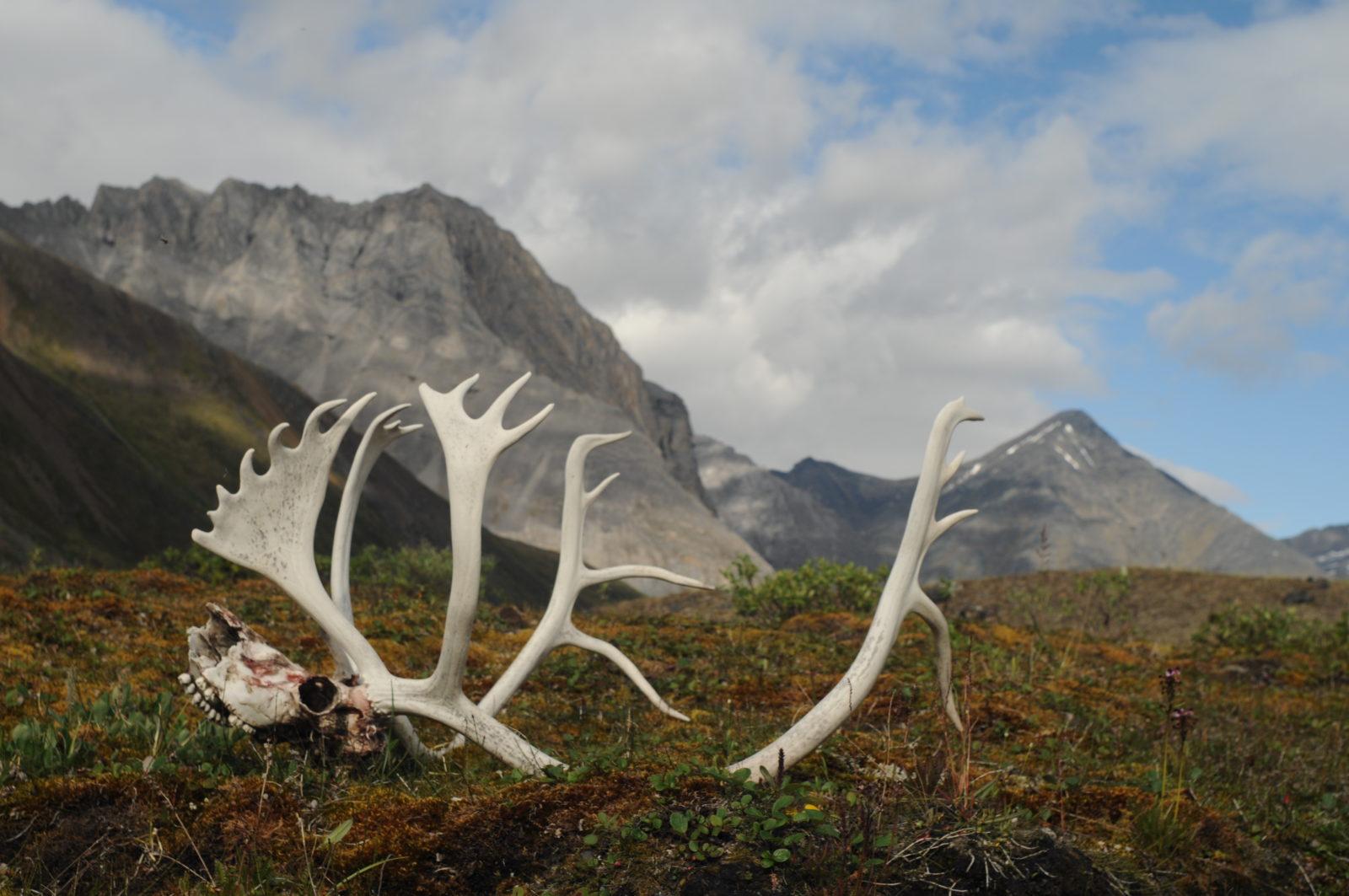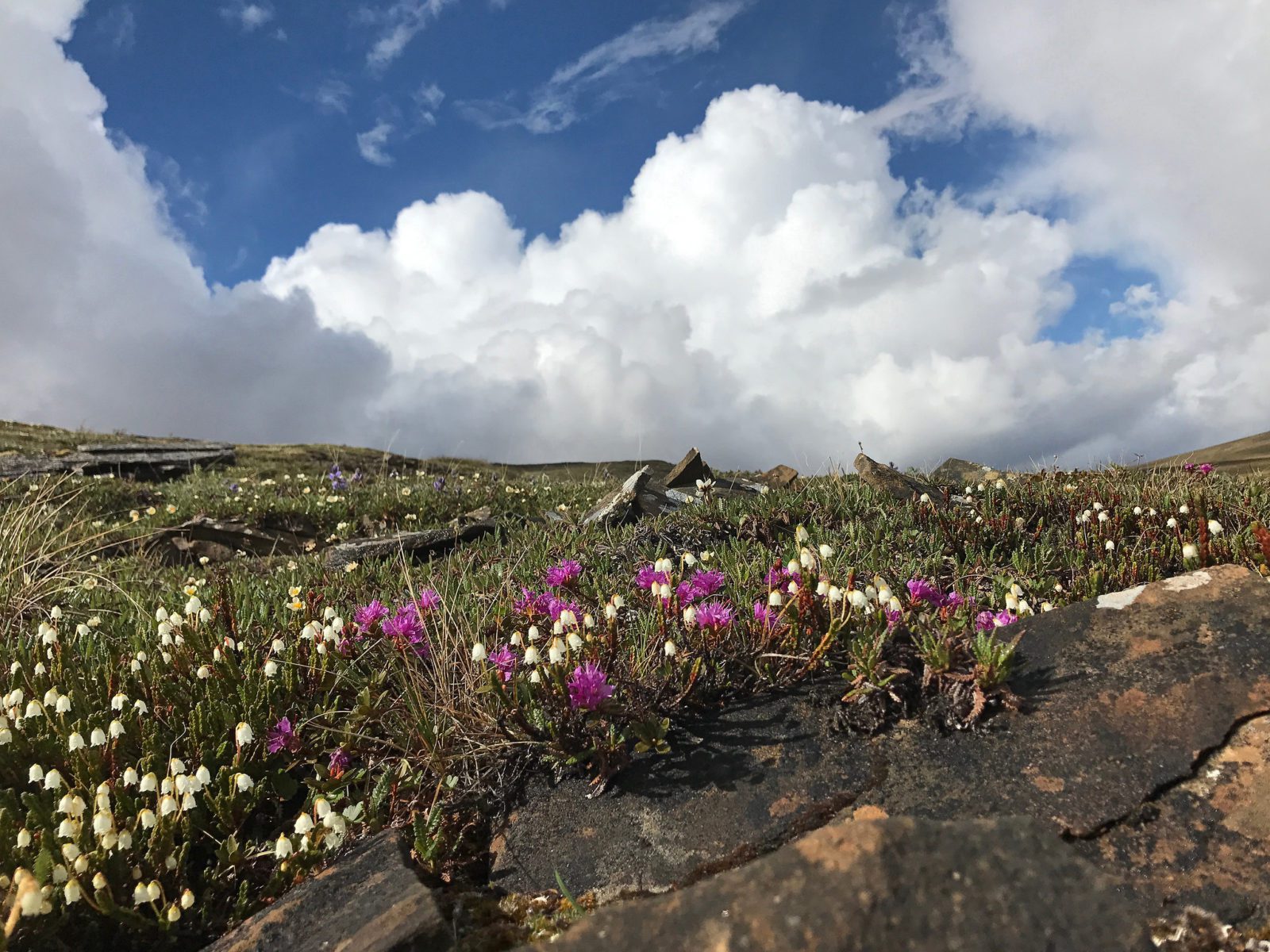
Between a rock and a hard place: the road to Ambler
By Dawnell Smith
In the first piece in our series on mining in Alaska, we talked about how the push for green energy mining could replace one catastrophe with another.

The Ambler road project is the poster child. The project is being promoted by the Alaska Industrial Development and Export Authority, a state agency with little to no legislative oversight, an insulting lack of public transparency, and a rigid agenda impervious to good sense.
We know that AIDEA’s permit application and the prior approvals by the Trump administration lacked the details necessary for understanding the true impacts of the project. They didn’t provide a precise location of the proposed route over 200-plus miles of the Arctic, or clearly explain how it will be constructed over a multi-phased period, where gravel mining will occur, how it will be reclaimed and returned to its original state when no longer used by mining companies, or adequately consider what impacts there would be on water, fish, and aquatic ecosystems across the Southern Brooks Range.
Yet despite the great void of clarity and information, agencies approved the project anyway.
There are likely to be a huge number of impacts from this project that were ignored or underestimated. For example, we already know from a recent report on mining spills in Alaska that there’s a persistent and dramatic underestimation of how frequently spills of hazardous materials occur at mines and along roads such as this one. That’s just one of countless issues that were ignored in the prior agency approvals for the project.
Violating the law (and good sense)
We and the Western Mining Action Project took those agencies to court in 2020 over deeply flawed and illegal authorization of the project. So did five villages who joined Tanana Chiefs Council in a separate lawsuit.
Biden’s Interior Department later pulled back the decision, admitting some but not all legal problems with the analysis, specifically around the lack of an adequate analysis of subsistence impacts from the project, including the consideration of impacts to fish, water, and caribou.
Interior decided to address those issues through a supplemental environmental review process. The first step of that process, called scoping, includes a comment period where the public can weigh in on what the scope of analysis should include. That comment period ended Nov. 4 with significant opposition to the project from Alaskans.
Meanwhile, the mining industry has glommed onto green energy as good PR for framing disastrous mine proposals like Ambler as righteous. And Alaska’s delegation continues to pressure agencies to give the proposal the thumbs up. In Sen. Murkowski’s statement about the Biden administration’s most recent Arctic strategy, for example, she expresses lukewarm support overall while also saying it doesn’t go far enough by green lighting projects like Ambler.

One simple response, of course, is that there are laws and public processes and good science and good fiscal sense, and the entire Ambler fiasco has ignored it all.
A dysfunctional state agency
The permit application for AIDEA’s pet project may lack the details necessary for good and lawful analysis, but it makes it clear that, if reapproved, the project would plow a gravel road across roughly 2,900 streams and eleven major rivers, including the Kobuk River (a designated Wild & Scenic River) and would permanently fill over 2,000 acres of wetlands.
It would kick up naturally occurring asbestos that would permeate the air and water. It would disrupt caribou migration routes. It would plunk down a transportation corridor through Gates of the Arctic National Preserve, and endanger the land, water, and animals that local communities rely on for their food, traditions, and way of life.
The threat is substantial, especially considering the general plunge in caribou populations across the Arctic and a recent survey that shows that the Western Arctic Caribou Herd has continued a long-term population slide.
The trouble with AIDEA
A recent report on AIDEA’s financial performance over 41 years shows that AIDEA has a negative return on its investments, losing money on the projects it funds. The report concludes:
“Even worse than half of AIDEA projects and loans failing to increase economic activity is the likelihood that many of AIDEA’s loan participations would have been financed anyway, either by the participating bank or by other secondary mortgage market buyers. To the extent that is the case, then more than half of the $10.0 billion in loan and project subsidies produced no net economic development benefits. What the subsidies did do is boost the incomes of project developers, resource owners, AIDEA’s loan participation borrowers, participating banks, and the ratepayers in the case of regulated utilities.”
The state of Alaska, via AIDEA, has pushed for the road to Ambler since the mid-1980s, with its sole purpose to subsidize Outside mining interests in conducting hard rock mining that would send profits out of state while leaving behind a mess, including acid mine drainage, which destroys fish habitat and impacts waterways for hundreds of years.
AIDEA has spent millions and millions of dollars of public money on the proposal already and wants to drop between a half to a full BILLION dollars of public funds on the road with the hope that mining companies will pay it back in tolls. There are no contracts in place, or even mining operations permitted, just the state “hoping” things will work out once industry starts pocketing the cash.
The thing is, the costs to Alaskans go way beyond a billion bucks—the costs and consequences of pollution, disruption, destruction, impacts on caribou and fish, and more will fall on those who rely on the region. It will be carried by people who experience health problems caused by industrial pollution, reduced access to food and clean water, violence associated with industrial man camps, and long-term public health impacts that result from the physical, social, and cultural upheaval of communities.
The trouble with AIDEA isn’t just that it regularly makes bad financial decisions outside public view and evades accountability to the Alaska legislature and the public, but also that it disregards what’s in the interest of Alaskans today and in the future.
This is the second in our “Between a rock and a hard place” series about how the push for “green energy” mining sets up a false choice that pits climate against Alaska as a sacrifice zone. Here is the first in this series.


